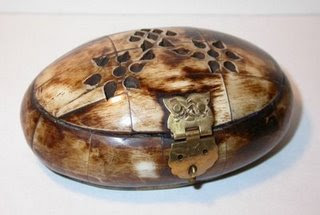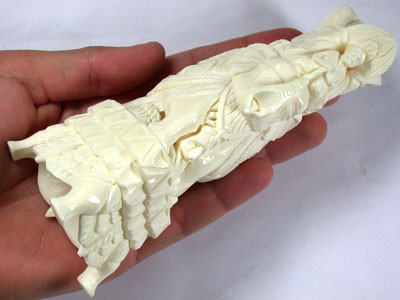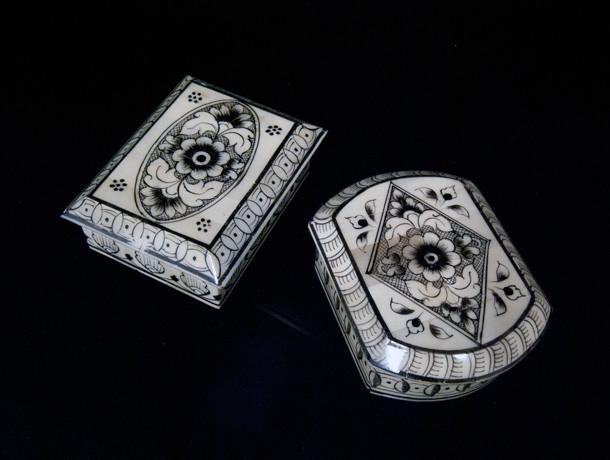Camel Bone Craft, an intricate art form indigenous to India, requires an individual’s unwavering attention, and a nice, long bath after (!)
Camel Bone artisans work with tremendous focus. The beauty of the art lies in its intricacy. The machines used in the craft are delicate and equally dangerous and include grinders and shapers.
Camel Bone Craft

The art demands not just determination but also courage and good lungs, the camel bone dust can be asthmatic and is not easy to work in. The artists add these conditions for hours, sometimes almost 18-20 hours a day, creating the souvenirs.
The artiodactyl bone is collected from dead camels, once the flesh has decomposed. The bones with the toughest structure just like the hip and legs area unit those sometimes used for handicraft purposes. The bones are then auctioned off. A chemical treatment makes them ready to be carved into designs of a person’s requirement.

“Their facial expressions are tough to decipher as they’re coated in bone-dust from head to toe, like a uniform that wraps them in their identity of being harbingers of a dying art form—the intricate and exquisite artiodactyl bone handicrafts.” -Team Kalayatra
Project Kalayatra, on its documentation on Indian Crafts, they got a chance to meet Zakir Hussain, an award-winning craftsman, who works with a mission – a mission to protect this dying art form.
Hussain’s mentorship program – involving youngsters who are encouraged to learn the art while they are awarded a monthly stipend – has helped incredibly in preserving this art form. He has represented India in varied art summits across the world. His undying love towards art will someday, be recognized by the entire nation.



